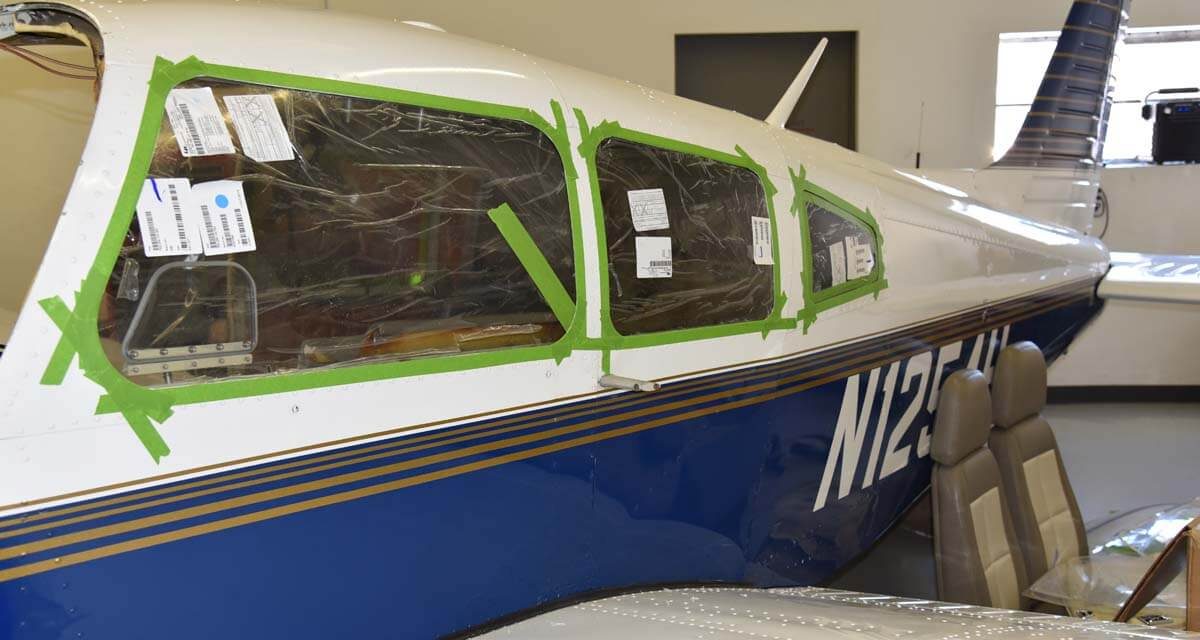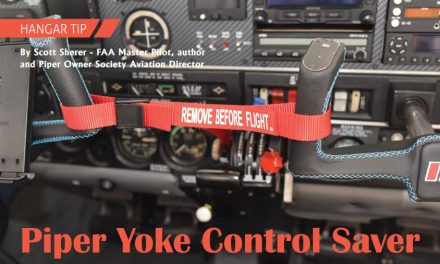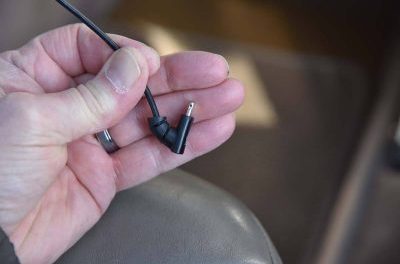I can sense that spring airplane restoration projects are on the rise by the number of queries for assistance I’m getting from our members. Number one on the list is window replacement and number two is interior upholstery. Since I’m getting these questions frequently, I thought it might be helpful to review some of those concerns here.
In this article, I’m going to touch on window replacement and tinting. For more details, see the two full articles I wrote listed at the end of this column. So let’s answer the questions I’m getting.
- Which companies sell replacement windows? There are two: LP Aero Plastics (lpaero.com) and Great Lakes Aero Products (glapinc.com).
- Are their windows FAA-PMA approved? Both companies make FAA-PMA approved windows and windshields for certificated aircraft. This includes all Piper and Cessna aircraft.
- What about buying materials from other aircraft suppliers and making my own windows? This will lower the cost but will also lower safety. Do you want to risk your life and the lives of your passengers with homemade windows? This isn’t a good idea, and I would urge you to reconsider.
- How thick are aircraft windows? They are manufactured in 1/8 inch and 1/4 inch thickness. Both companies sell 1/8 inch and 1/4 inch windows. Some people advise against installing 1/4 inch windows, but over the last 40 years or so, I have replaced the side windows and windshields on five aircraft, always with double thickness 1/4 inch materials. Personally, I wouldn’t install any window that wasn’t 1/4 inch. They’re easy to install and have many benefits:
- They’re much quieter.
- They make it harder for someone to break into your plane.
- Their UV and IR protection is much greater.
- They’re more resistant to bird strikes. I tend to have bird strikes every few years. A double-thick windshield is very reassuring when this happens.
- They regulate inside temperature better, keeping the plane cooler in the summer and warmer in the winter.
- How do I install these windows? The side windows are easy to replace, and both companies provide detailed instructions on the installation procedure. You can do the side windows yourself. Also, do speak with them on the phone when you’re ordering, as they can guide you on what installation materials you will need to be purchased for the installation. As for the windshield, leave that to your A&P. Consider replacing your Piper’s two-piece windshield with a one-piece STCed model from LP Aero. It’s excellent and gives your plane a modern, brand-new look!
- What tint colors are available? According to FAR 23.775, the windshield, pilot’s, and copilot’s side windows must have 70% light transmissibility or greater. Other windows have no requirement. On my plane, I use solar grey with UV and IR blocking for the windshield and front side windows. This material gives 76% light transmittance. Once, a long time ago, I installed clear (with 92% light transmittance), but I removed it a couple of months later, as it was much too bright, and the airplane broiled in the sun. My recommendation is for solar grey.
For middle side windows, I use medium grey to help my passengers stay cool, and I have dark grey in the rear baggage compartment. It looks amazing, just like my SUV at home! Medium grey has 59% light transmittance and dark grey has 13% light transmittance. When I land at an airport where my plane will be outside, I always install my windows shades for the windshield and front side windows. I no longer have to do that for my middle and rear side windows. Now I leave those window shades at home and save some room in my baggage compartment.
If you have more questions, ask them on our online forum at piperowner.org. You must be a member. Also, keep in mind that there are still supply chain problems in the aviation world, so allow plenty of lead time when ordering.
More Reading
Arrow Side-Window Replacement, September 2020
How to Install Sun-Blocking Window Film, August 2020






